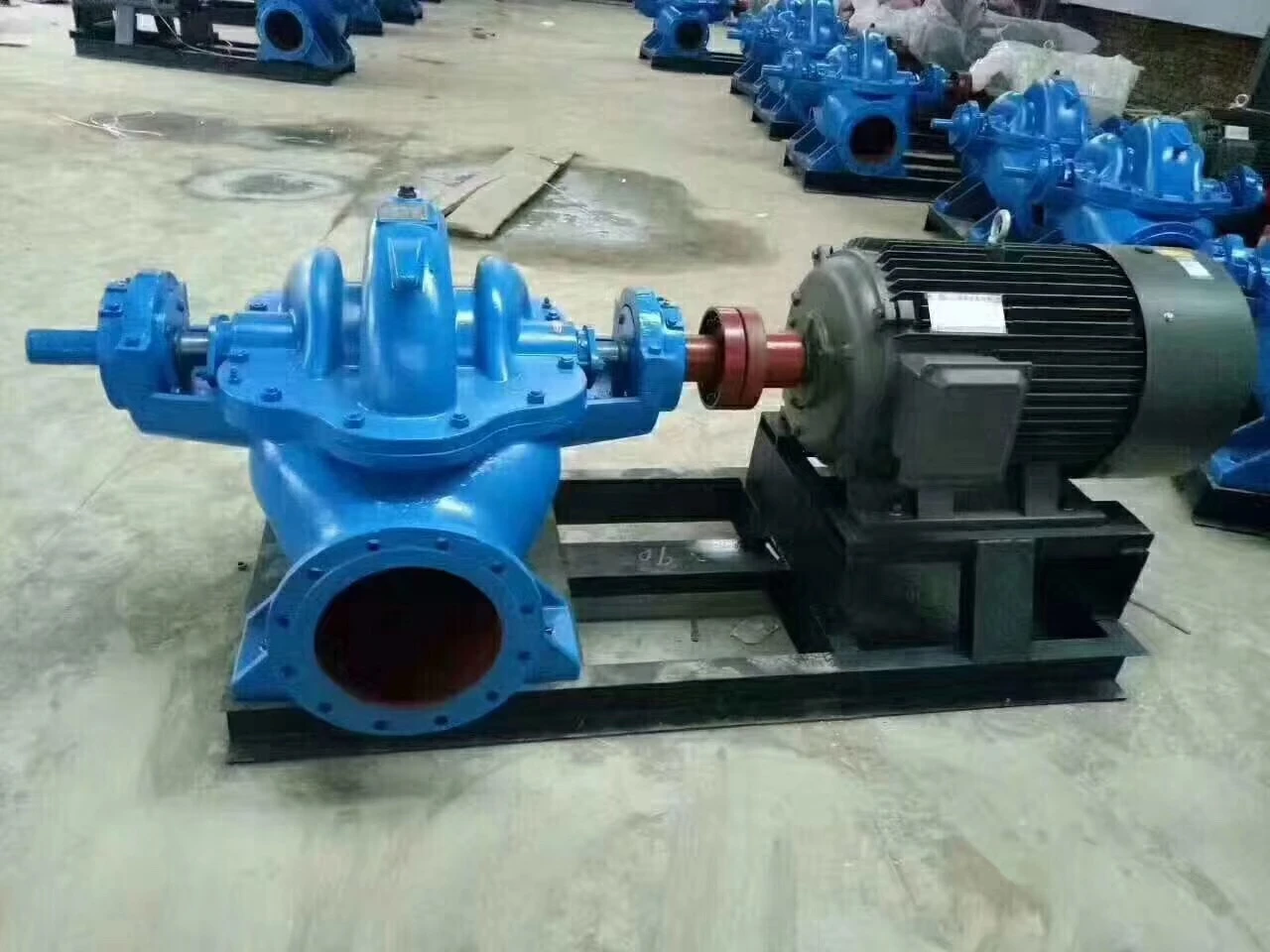English
- Afrikaans
- Albanian
- Amharic
- Arabic
- Armenian
- Azerbaijani
- Basque
- Belarusian
- Bengali
- Bosnian
- Bulgarian
- Catalan
- Cebuano
- Corsican
- Croatian
- Czech
- Danish
- Dutch
- English
- Esperanto
- Estonian
- Finnish
- French
- Frisian
- Galician
- Georgian
- German
- Greek
- Gujarati
- Haitian Creole
- hausa
- hawaiian
- Hebrew
- Hindi
- Miao
- Hungarian
- Icelandic
- igbo
- Indonesian
- irish
- Italian
- Japanese
- Javanese
- Kannada
- kazakh
- Khmer
- Rwandese
- Korean
- Kurdish
- Kyrgyz
- Lao
- Latin
- Latvian
- Lithuanian
- Luxembourgish
- Macedonian
- Malgashi
- Malay
- Malayalam
- Maltese
- Maori
- Marathi
- Mongolian
- Myanmar
- Nepali
- Norwegian
- Norwegian
- Occitan
- Pashto
- Persian
- Polish
- Portuguese
- Punjabi
- Romanian
- Russian
- Samoan
- Scottish Gaelic
- Serbian
- Sesotho
- Shona
- Sindhi
- Sinhala
- Slovak
- Slovenian
- Somali
- Spanish
- Sundanese
- Swahili
- Swedish
- Tagalog
- Tajik
- Tamil
- Tatar
- Telugu
- Thai
- Turkish
- Turkmen
- Ukrainian
- Urdu
- Uighur
- Uzbek
- Vietnamese
- Welsh
- Bantu
- Yiddish
- Yoruba
- Zulu
Telephone: +86 13120555503
Email: frank@cypump.com
Nov . 11, 2024 20:25 Back to list
slurry pump design
Understanding Slurry Pump Design A Comprehensive Overview
Slurry pumps are specialized pumping devices designed for transporting abrasive and viscous mixtures of liquids and solids, known as slurries. These pumps play a crucial role in various industries, including mining, construction, and wastewater treatment, where the movement of heavy and abrasive materials is a daily necessity. Proper design and selection of slurry pumps are vital to ensure efficiency, durability, and operational reliability. This article delves into the key factors involved in the design of slurry pumps.
Key Components of Slurry Pumps
A slurry pump typically consists of several critical components the impeller, casing, shaft, and volute. Each plays a significant role in the overall function of the pump
1. Impeller The heart of the slurry pump, the impeller is responsible for converting the mechanical energy from the motor into kinetic energy within the slurry. Impellers are designed with various geometries to handle specific types of slurries, including those with high solids content. The materials used for the impeller must be robust enough to withstand wear from abrasive particles.
2. Casing The casing confines the flow of the slurry while also providing a stable structure for the impeller. A well-designed casing minimizes turbulence and optimizes the efficiency of the pump. It’s usually made from cast iron, stainless steel, or other materials that can resist corrosion and wear.
3. Shaft The shaft connects the impeller to the motor, transferring energy and motion. It must be strong enough to handle the stresses imposed by the weight of the slurry and the dynamic forces generated during operation.
4. Volute The volute directs the flow of the slurry from the impeller to the discharge outlet. It aids in converting kinetic energy into pressure energy, which is essential for effective pumping.
Design Considerations
When designing a slurry pump, several critical factors must be taken into account
1. Slurry Characteristics Understanding the properties of the slurry is paramount. This includes viscosity, density, and particle size distribution. The design must accommodate variations in these factors since they directly affect the pump's performance.
slurry pump design

2. Wear Resistance Given the abrasive nature of slurries, selecting materials that resist wear is essential. Many slurry pumps utilize hardened alloys or rubber linings to prolong the lifespan of impellers and casings.
3. Operational Conditions The pump must be designed for the specific operating conditions it will face, including temperature, pressure, and flow rate. This requires careful calculations and modeling to ensure the pump operates efficiently under expected conditions.
4. Maintenance and Accessibility The design should allow for easy maintenance and repairs. Slurry pumps often operate in demanding environments, and a design that facilitates quick and safe access to components can minimize downtime and maintenance costs.
5. Pump Configuration Slurry pumps can be designed in various configurations, such as vertical or horizontal orientation, depending on the application. Each configuration has its advantages and is selected based on the installation space, the nature of the slurry, and operational requirements.
Performance Calculations
To ensure the slurry pump performs effectively, engineers use various calculations to predict key performance indicators
1. Net Positive Suction Head (NPSH) Essential for preventing cavitation, a phenomenon that can cause severe damage to the pump. Accurate calculations ensure that the pump can operate safely without risk of cavitation.
2. Power Requirements Calculating the hydraulic power required to move the slurry is critical. This includes considerations for efficiency losses, which are especially pronounced in high-solid slurries.
3. Flow Rate The desired flow rate impacts the design of the pump, as different applications require varying throughput levels.
Conclusion
In conclusion, slurry pump design is a complex process necessitating a comprehensive understanding of fluid dynamics, material science, and mechanical engineering. By focusing on the key components, design considerations, and performance calculations, engineers can create efficient and durable slurry pumps tailored to meet the rigorous demands of various industries. As technology advances, we can anticipate further innovations and improvements in slurry pump design, leading to enhanced operational efficiencies and reduced environmental impacts.
-
ISG Series Vertical Pipeline Pump - Chi Yuan Pumps Co., LTD.|Advanced Hydraulic Design&Energy-Efficient Solutions
NewsJul.30,2025
-
ISG Series Vertical Pipeline Pump - Chi Yuan Pumps Co., LTD.
NewsJul.30,2025
-
ISG Series Vertical Pipeline Pump - Chi Yuan Pumps Co., LTD.|energy-efficient fluid handling&industrial durability
NewsJul.30,2025
-
ISG Series Vertical Pipeline Pump - Chi Yuan Pumps | Advanced Engineering&Industrial Efficiency
NewsJul.30,2025
-
ISG Series Pipeline Pump - Chi Yuan Pumps | High Efficiency, Energy Saving
NewsJul.30,2025
-
ISG Series Vertical Pipeline Pump-Chi Yuan Pumps|High Efficiency&Reliable Performance
NewsJul.29,2025










